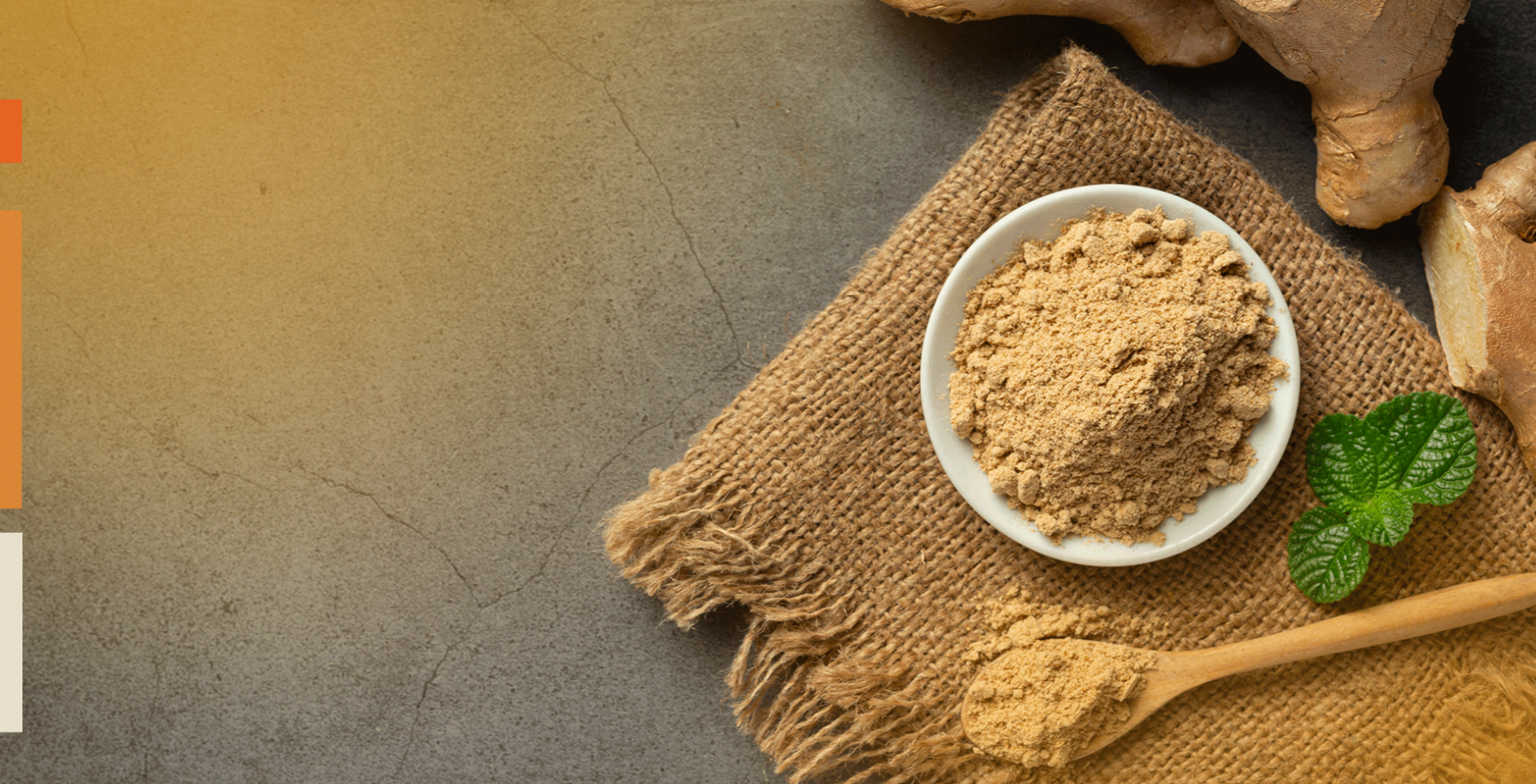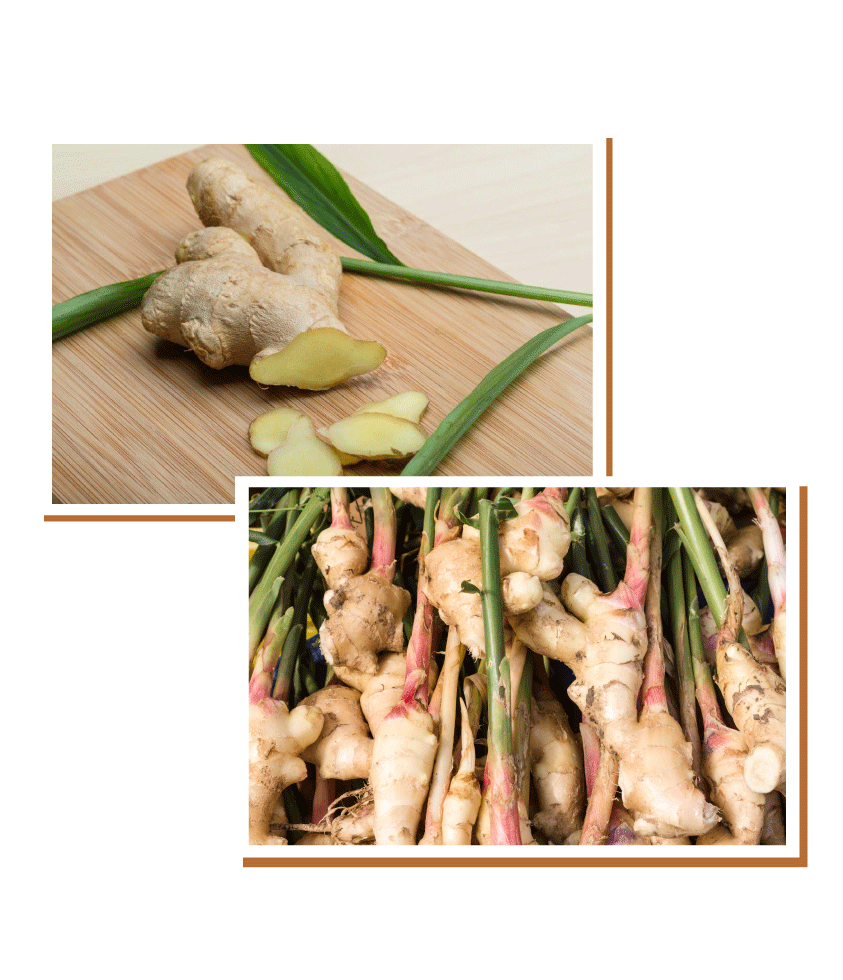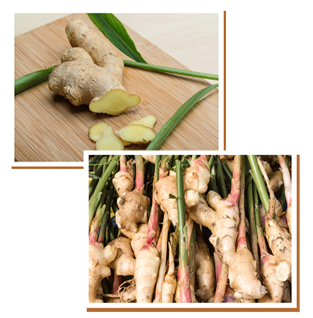


Preferred language




African ginger
– Phenyo Mokgothu –
The cold and flu season has begun, and we can’t seem to get away from the coughing and sneezing. Relief could be closer than we think, though.


African ginger

is indigenous to Africa, and
in South Africa it is found in Mpumalanga, Limpopo and KwaZulu-Natal.
Master’s student Boinelo
Seile found that African ginger
is used to treat a variety of health conditions and illnesses, such as coughs, colds, asthma, nausea, headaches and pains.
Boinelo Seile, a master’s graduate, has looked at a possible natural solution to colds and flu: a medicinal plant called Siphonochilus aethiopicus, commonly known as African ginger or wild ginger. In local languages, it is known as serokolo and xirungulo
African ginger is indigenous to Africa, and in South Africa it is found in Mpumalanga, Limpopo and KwaZulu-Natal.
Boinelo’s study explored the potential role of indigenous knowledge in the uses, sustainability and conservation strategies for African ginger among two communities in Mpumalanga.
Multiple uses for African ginger
“In Africa, several ethnic groups are known to utilise African ginger for treating coughs, colds, asthma, pain-related conditions, headaches and respiratory problems.”
Closer to home, the participants in her study mentioned nine health conditions for which African ginger is used. The most common of these conditions, frequently mentioned by participants, were asthma, chest pains, coughs, menstruation disorders, stomach ache and sexually transmitted infections.
More gatherers, fewer plants
“As revealed by the participants, the multiple uses of African ginger are major contributing factors behind
the increasing demand for the plant.”
In her study, Boinelo pointed out that Mpumalanga has been experiencing an influx of commercial plant gatherers from outside the community, which is a major contributing factor to over-harvesting of the remaining wild plant populations.
“This has resulted in the scarcity and potentially extinction of this plant species in the wild, which is a major concern to stakeholders, especially traditional health practitioners.”
Boinelo says harvesting of the *rhizomes of African ginger is recommended instead of the root as this increases the plant’s chances of survival and regeneration. The participants in her study recommended that African
ginger be cultivated to ensure its sustainability.
The research has been published in a scientific journal called Diversity and is freely available to read here.
* A rhizome is a horizontal underground stem which
puts out lateral shoots and roots at intervals.





“Valuable knowledge – including the use of plants for healing – is treasured and often shared among members of households and communities,” says Boinelo Seile, master’s graduate.
Most of the participants in her study (70%) indicated
that they had learnt about medicinal plants such as African ginger from their grandparents, who probably passed on the knowledge via training on plant species used to treat human diseases.
Other than grandparents as the sources of indigenous knowledge about African ginger, participants mentioned receiving training from experienced experts (30%).
“Both sources are closely linked to the process of becoming a traditional healer in a typical African community,” says Boinelo.
Boinele says the participants in her study recommended that African ginger be cultivated to ensure its sustainability.
Grandparents
share their knowledge



African ginger
The cold and flu season has begun, and we can’t seem to get away from the coughing and sneezing. Relief could be closer than we think, though.

– Phenyo Mokgothu –

African ginger

is indigenous to Africa, and in South Africa it is found in Mpumalanga, Limpopo and KwaZulu-Natal.
Master’s student Boinelo
Seile found that African ginger
is used to treat a variety of health conditions and illnesses, such as coughs, colds, asthma, nausea, headaches and pains.
Boinelo Seile, a master’s graduate, has looked at a possible natural solution to colds and flu: a medicinal plant called Siphonochilus aethiopicus, commonly known as African ginger or wild ginger. In local languages, it is known as serokolo and xirungulo
African ginger is indigenous to Africa, and in South Africa it is found in Mpumalanga, Limpopo and KwaZulu-Natal.
Boinelo’s study explored the potential role of indigenous knowledge in the uses, sustainability and conservation strategies for African ginger among two communities in Mpumalanga.
Multiple uses for African ginger
“In Africa, several ethnic groups are known to utilise African ginger for treating coughs, colds, asthma, pain-related conditions, headaches and respiratory problems.”
Closer to home, the participants in her study mentioned nine health conditions for which African ginger is used. The most common of these conditions, frequently mentioned by participants, were asthma, chest pains, coughs, menstruation disorders, stomach ache and sexually transmitted infections.
More gatherers, fewer plants
“As revealed by the participants, the multiple uses of African ginger are major contributing factors behind
the increasing demand for the plant.”
In her study, Boinelo pointed out that Mpumalanga has been experiencing an influx of commercial plant gatherers from outside the community, which is a major contributing factor to over-harvesting of the remaining wild plant populations.
“This has resulted in the scarcity and potentially extinction of this plant species in the wild, which is a major concern to stakeholders, especially traditional health practitioners.”
Boinelo says harvesting of the *rhizomes of African ginger is recommended instead of the root as this increases the plant’s chances of survival and regeneration. The participants in her study recommended that African
ginger be cultivated to ensure its sustainability.
The research has been published in a scientific journal called Diversity and is freely available to read here.
* A rhizome is a horizontal underground stem which
puts out lateral shoots and roots at intervals.




“Valuable knowledge – including the use of plants for healing – is treasured and often shared among members of households and communities,” says Boinelo Seile, master’s graduate.
Most of the participants in her study (70%) indicated
that they had learnt about medicinal plants such as African ginger from their grandparents, who probably passed on the knowledge via training on plant species used to treat human diseases.
Other than grandparents as the sources of indigenous knowledge about African ginger, participants mentioned receiving training from experienced experts (30%).
“Both sources are closely linked to the process of becoming a traditional healer in a typical African community,” says Boinelo.
Boinele says the participants in her study recommended that African ginger be cultivated to ensure its sustainability.
Grandparents
share their knowledge

